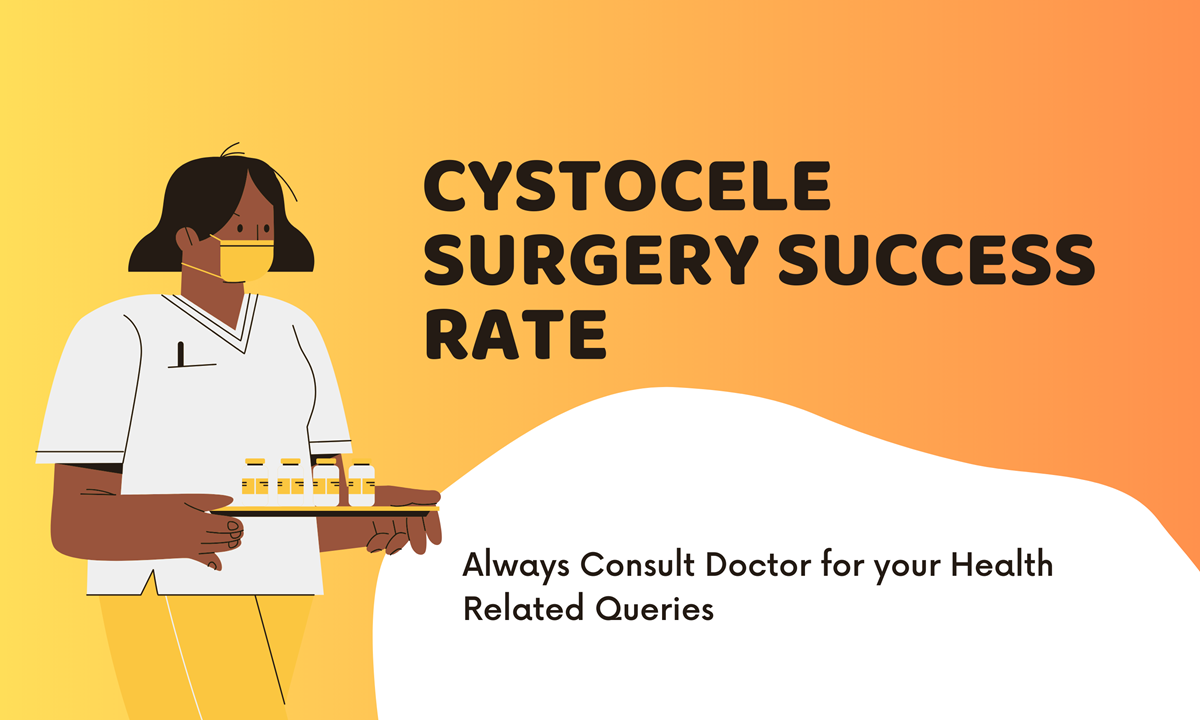Cystocele surgery, a procedure aimed at repairing a prolapsed bladder (cystocele), is commonly performed to relieve symptoms like urinary incontinence, pelvic pressure, and discomfort associated with bladder prolapse. The success rate of cystocele repair can vary depending on the surgical technique used, the severity of the prolapse, and individual patient factors.
- Success Rate:
- The success rate of cystocele surgery varies, but it is generally high, with many studies reporting success rates ranging from 70% to 90%.
- Success is often measured in terms of symptom relief, improved bladder function, and the absence of prolapse recurrence.
- Factors Affecting Success Rate:
- Severity of Prolapse: More severe prolapses might be more challenging to repair and may have a slightly higher risk of recurrence.
- Surgical Technique: There are various techniques for cystocele repair, including anterior vaginal repair, transvaginal mesh repair, and laparoscopic or robotic procedures. The choice of technique can affect outcomes.
- Patient Factors: Age, overall health, lifestyle factors (like smoking), and whether the patient has given birth vaginally can influence the surgery’s success.
- Risks and Complications:
- Possible complications include infection, bleeding, pain during intercourse, urinary problems, and recurrence of prolapse. In cases where surgical mesh is used, there may be additional risks like mesh erosion or organ injury.
- These complications are relatively rare but important to consider.
- Recovery and Rehabilitation:
- Recovery time varies but typically involves several weeks of limited activity to allow proper healing. Full recovery may take a few months.
- Patients are usually advised to avoid heavy lifting and strenuous activities during the recovery period.
- Long-Term Outcomes:
- Many women experience long-term relief from symptoms and improved quality of life following cystocele surgery.
- However, there is a risk of prolapse recurrence, particularly in women with risk factors like chronic coughing, constipation, or obesity.
- Patient Satisfaction:
- Most patients report high levels of satisfaction following cystocele repair, particularly when surgery effectively alleviates symptoms like urinary incontinence and pelvic discomfort.
Patients considering cystocele surgery should have a detailed discussion with their gynecologist or urogynecologist to understand the potential risks, benefits, and recovery process. It’s important to have realistic expectations and to weigh the potential for symptom relief against the risks of surgery and the possibility of recurrence.

